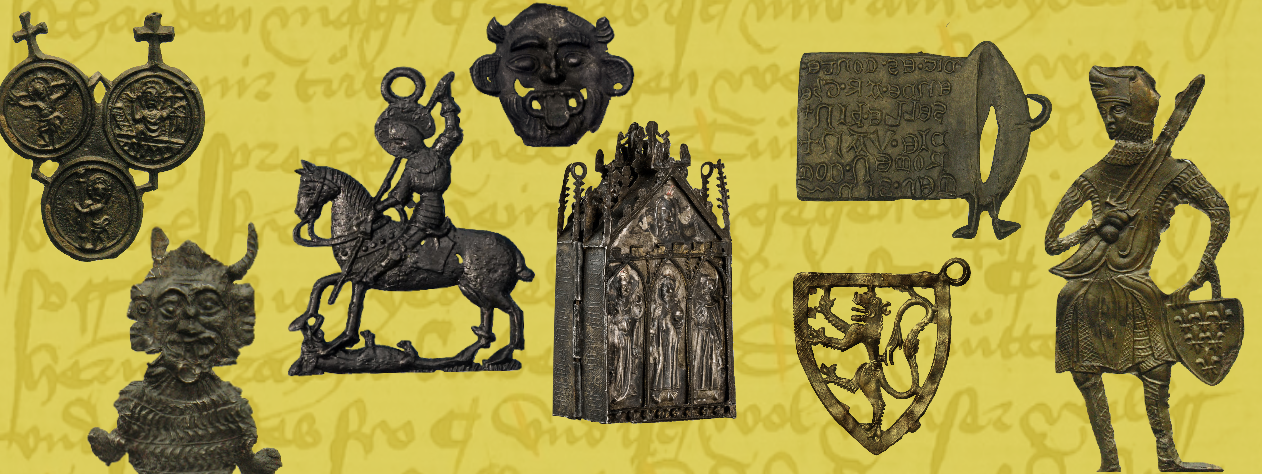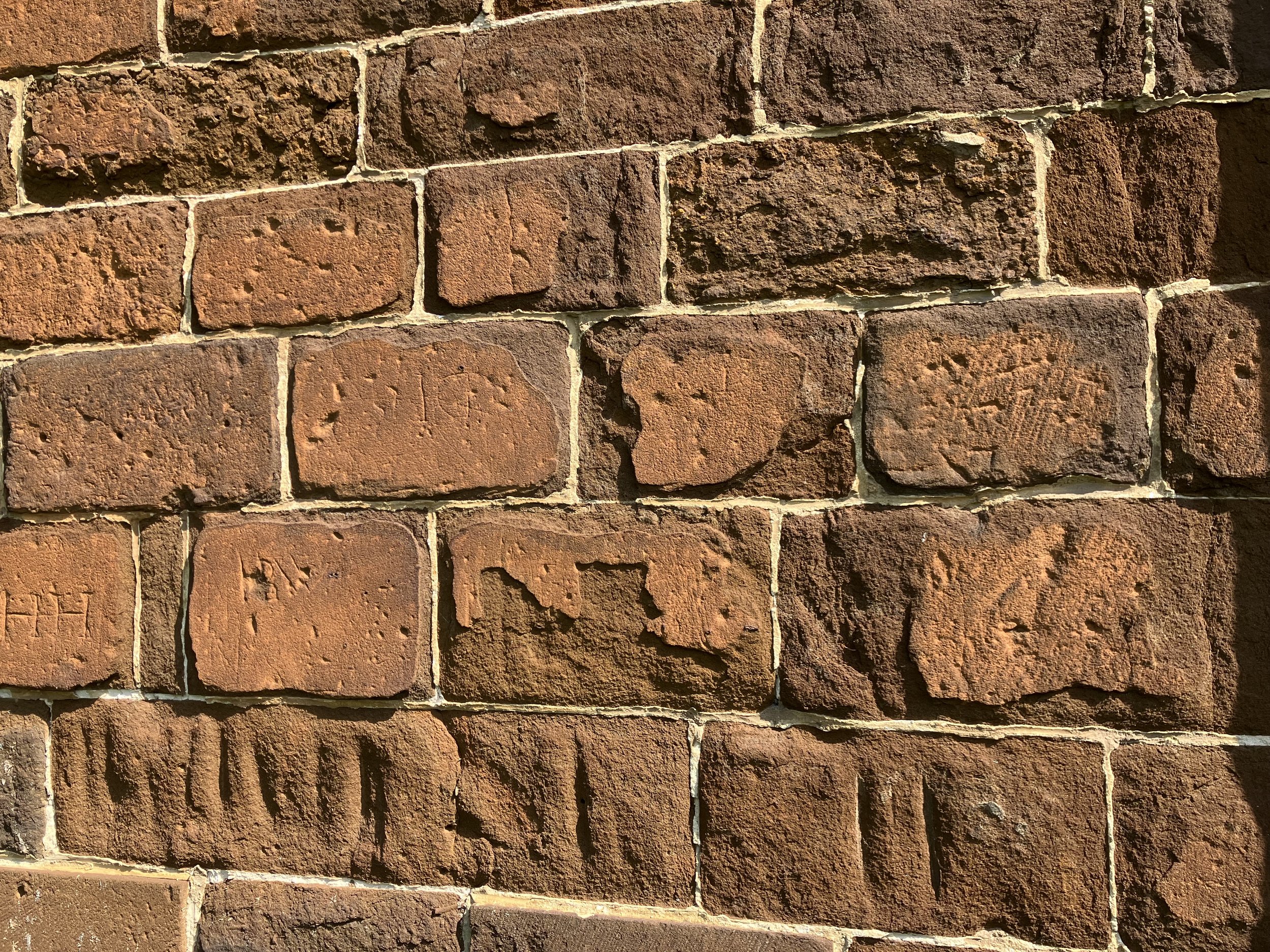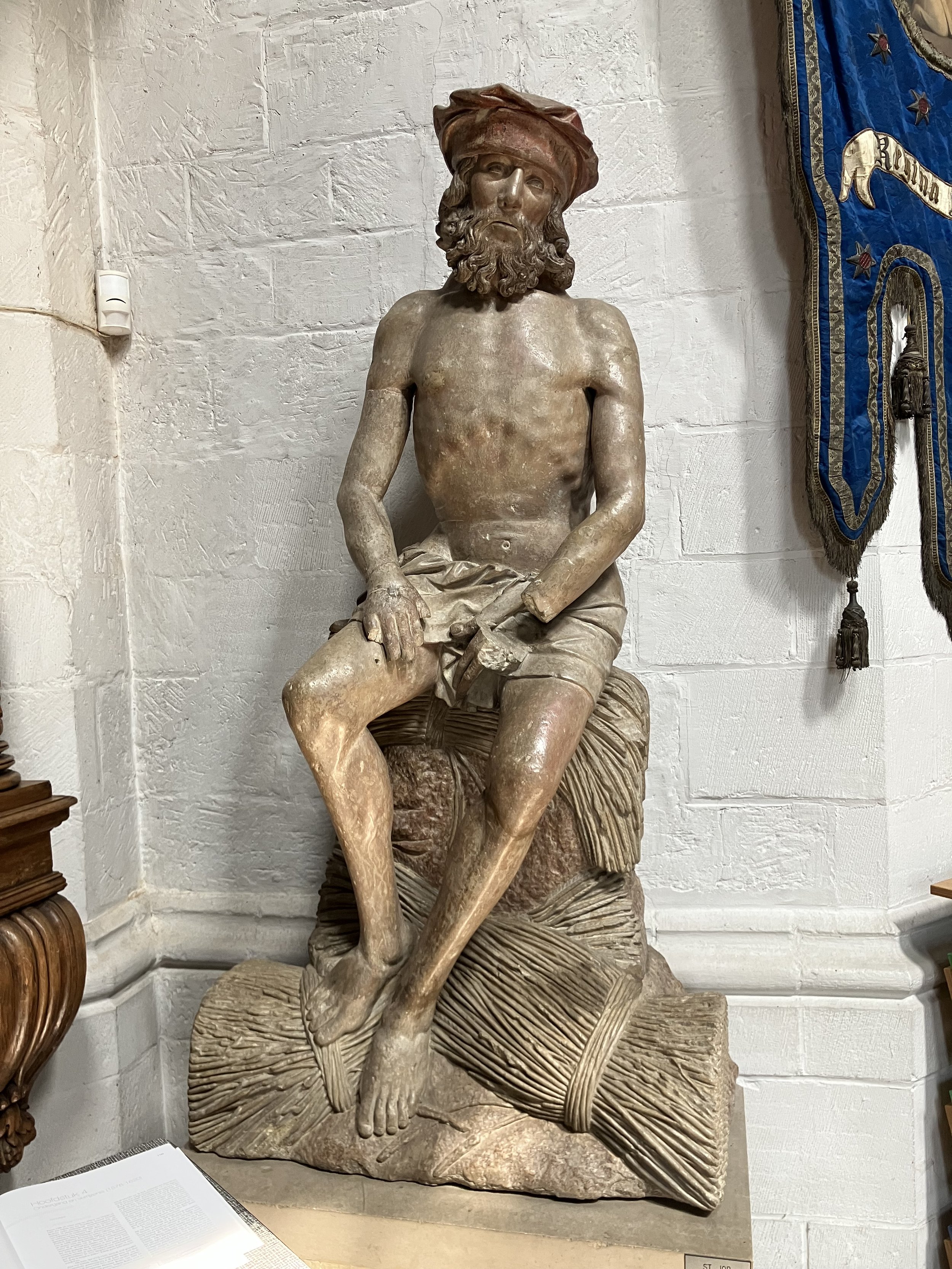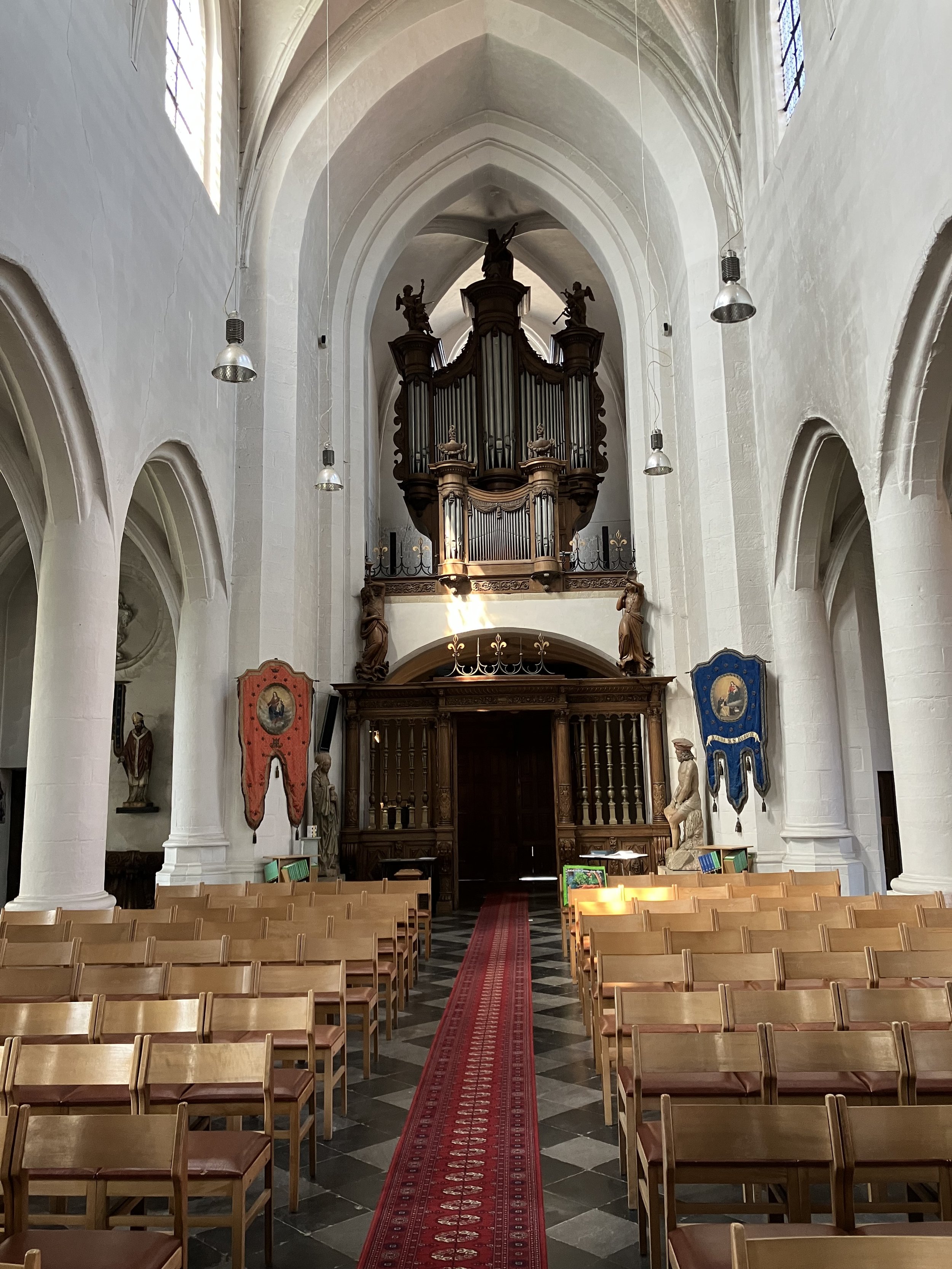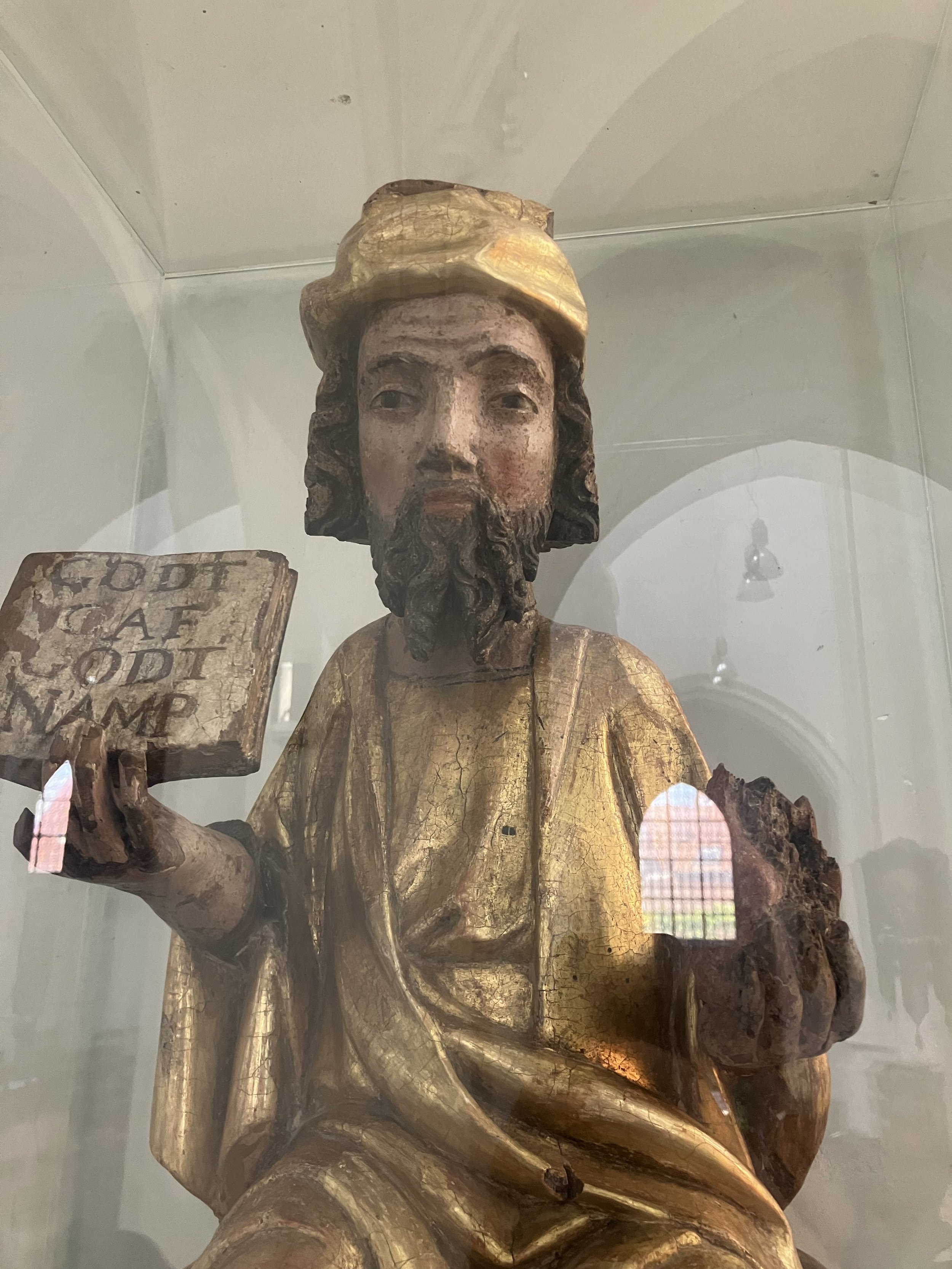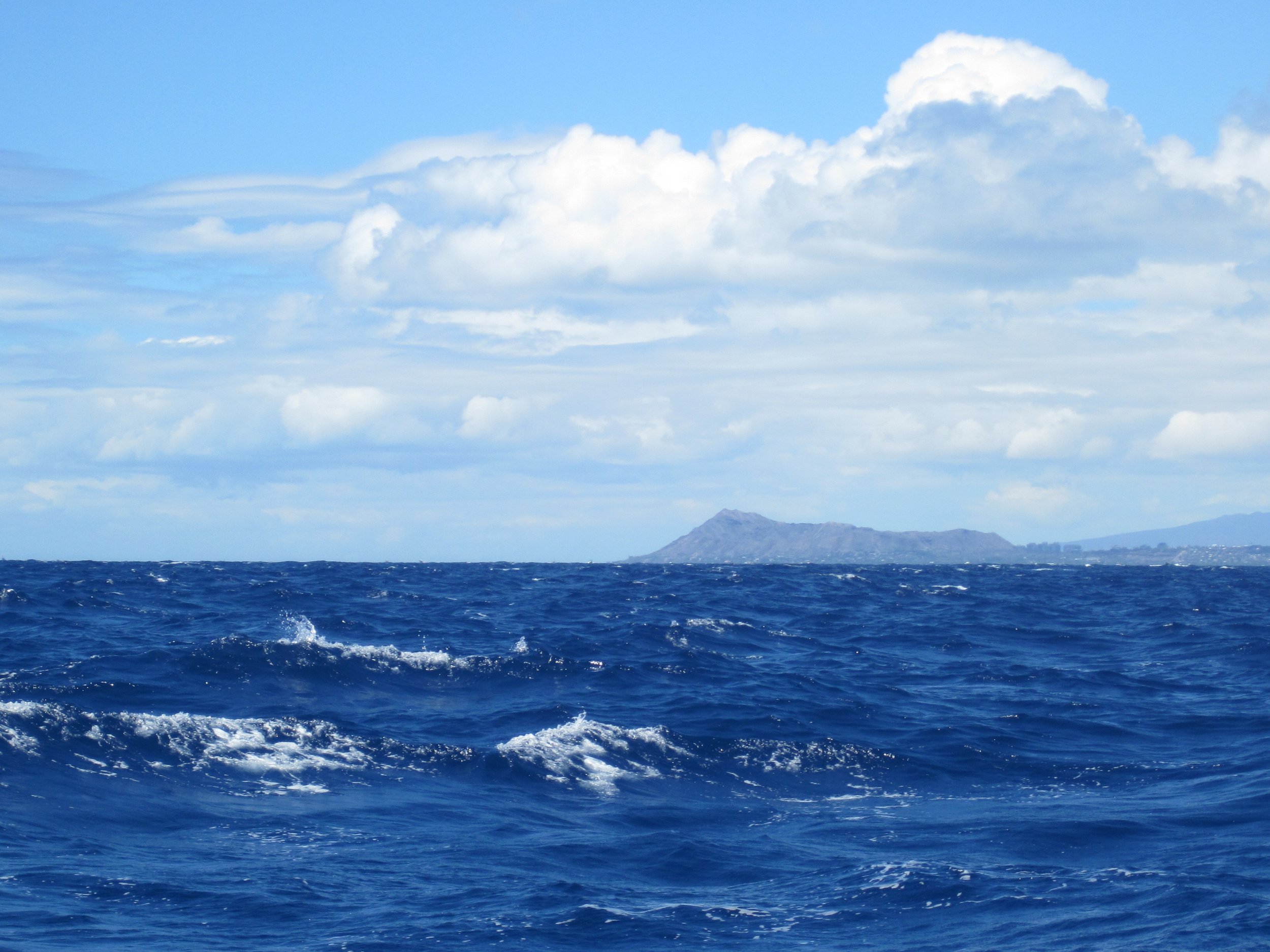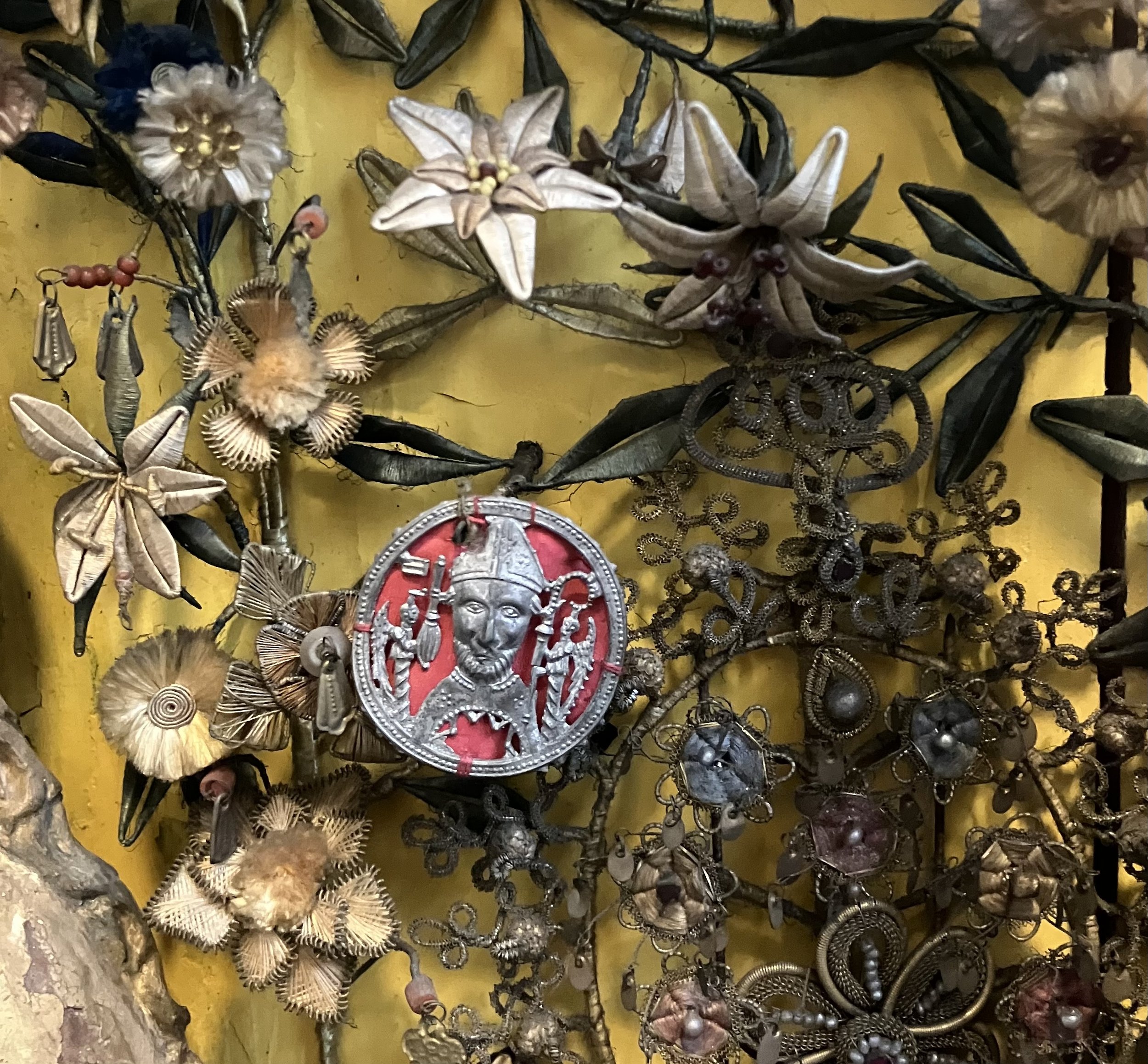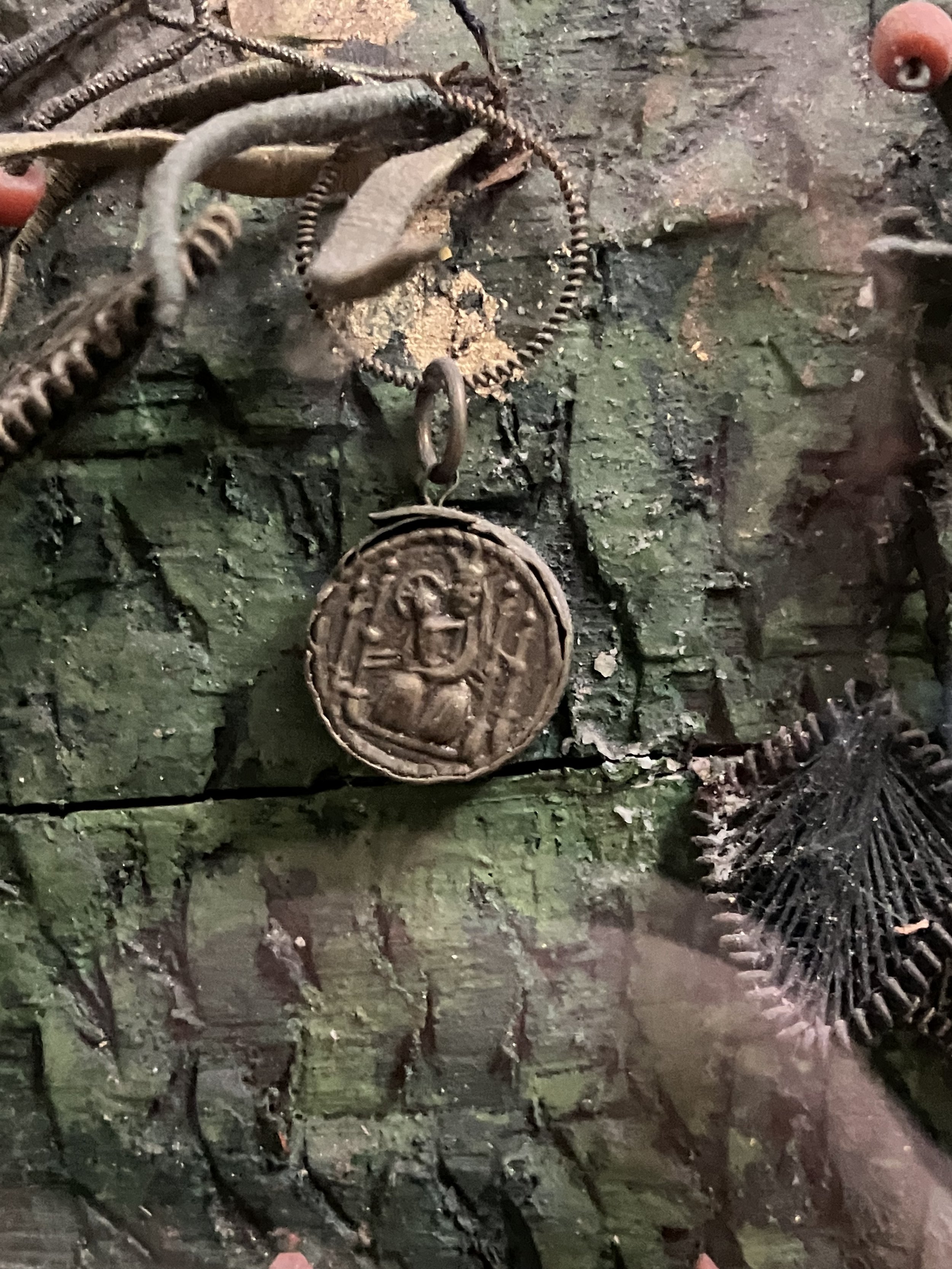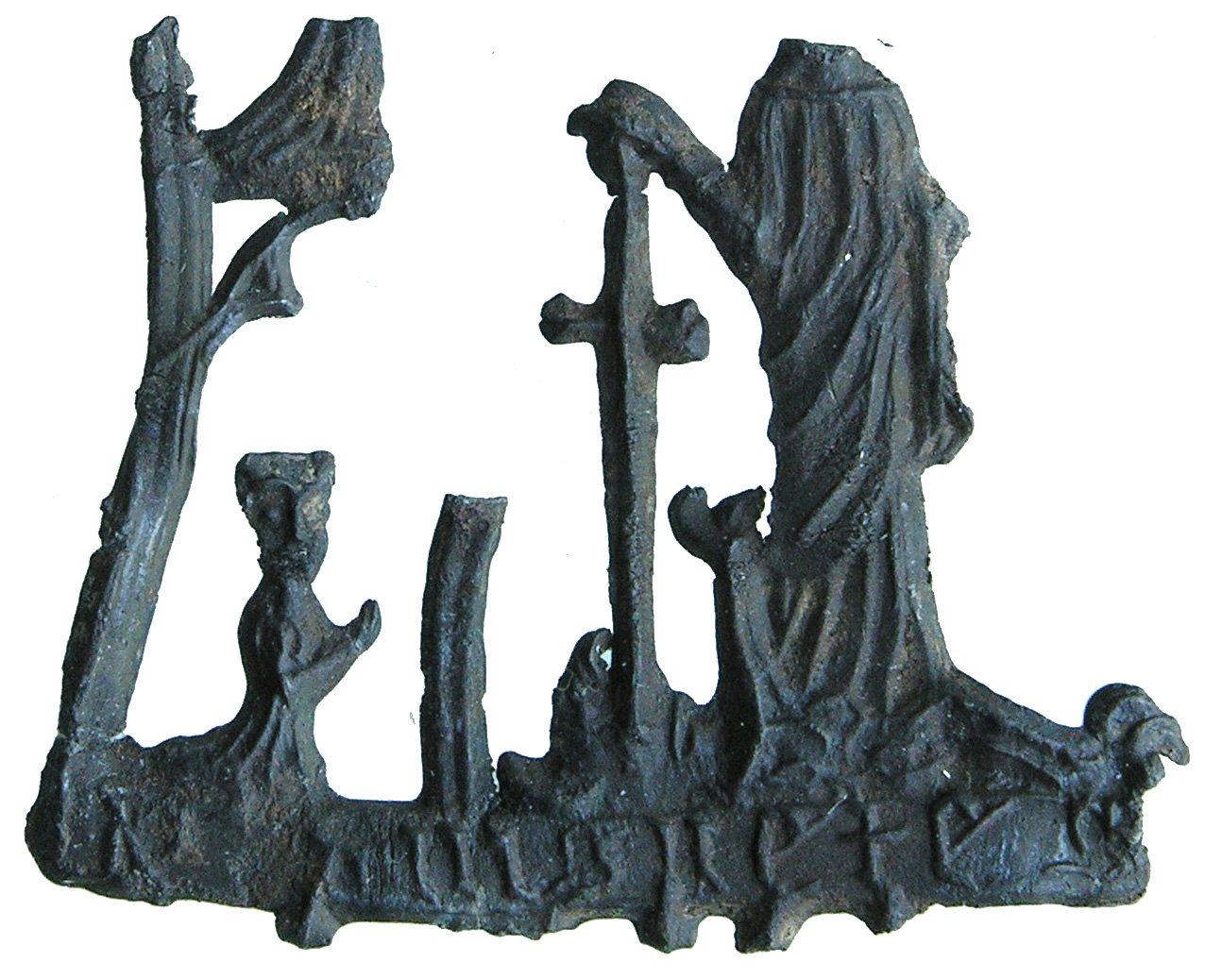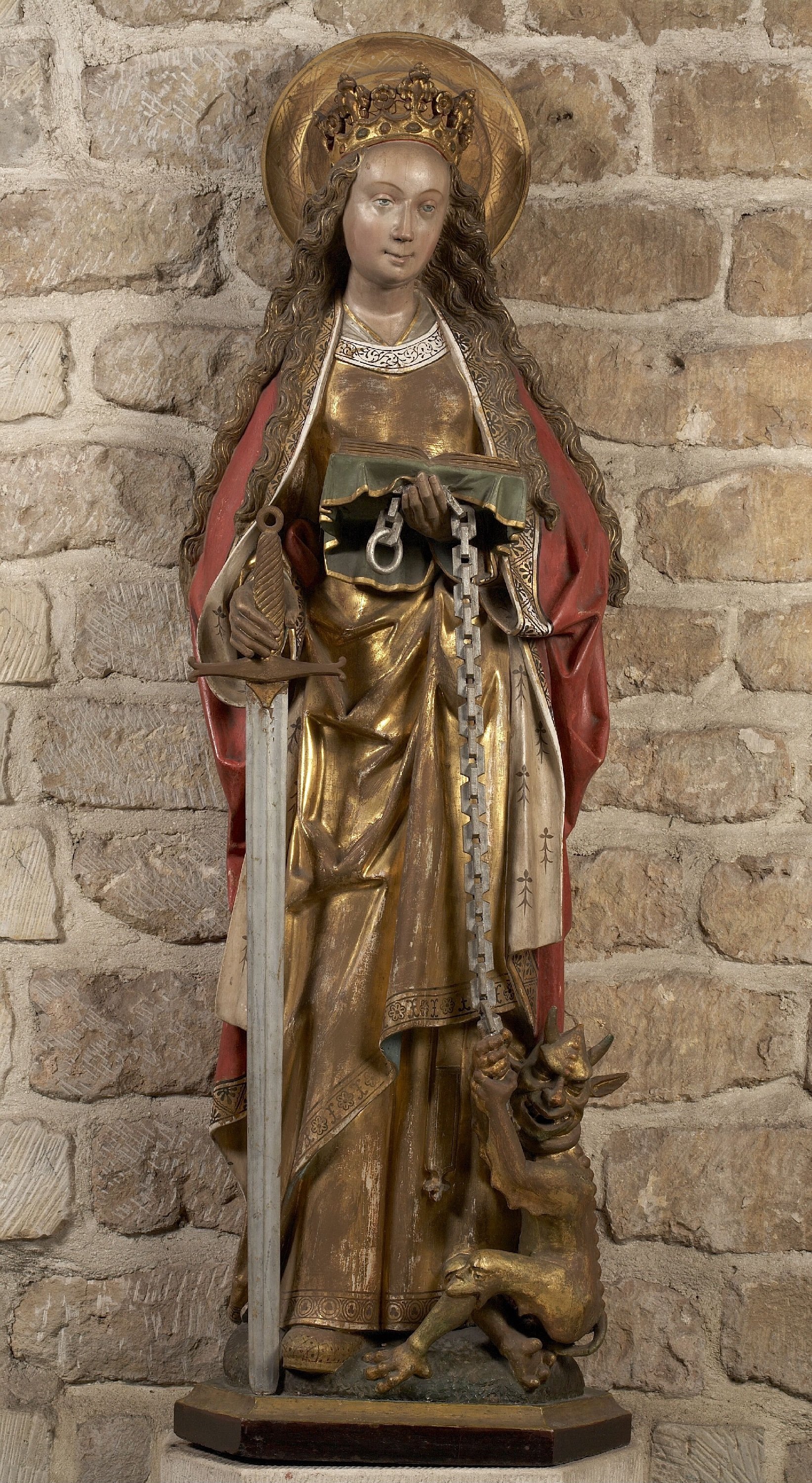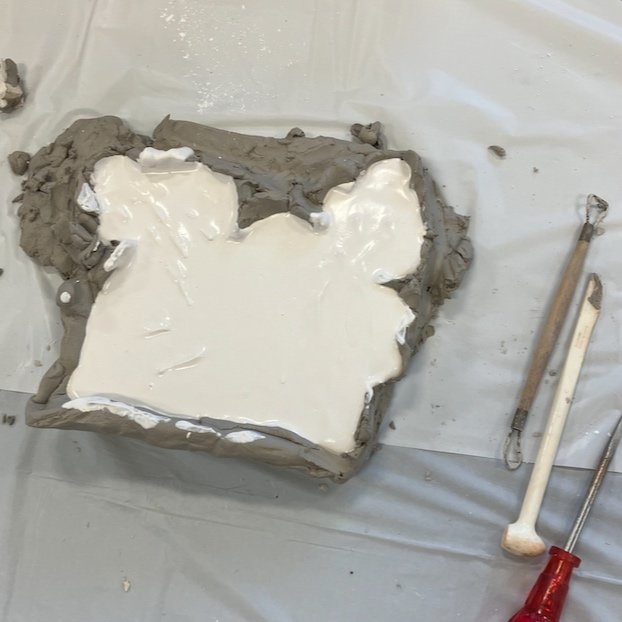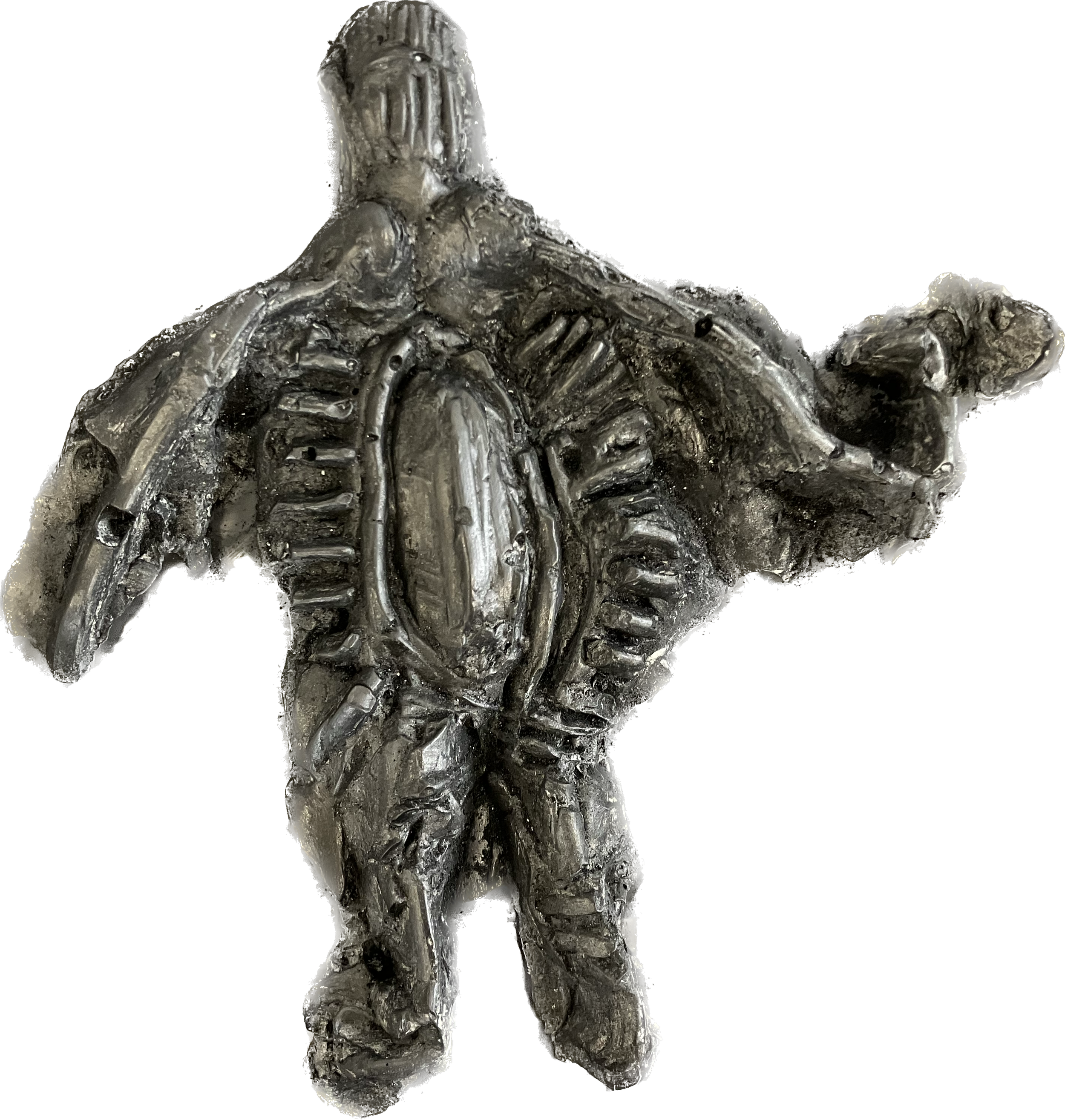Here’s a drone view of a regatta in 2022. Long distance races take place out on the ocean and generally run 24 – 42 miles with 9 – 12 paddlers per crew who change in and out of of the OC-6 via an escort boat throughout the race.
***
It’s impossible to quantify why I fell in love with paddling.
Partly it’s the ocean. I’m the descendent of water people, as many Scandinavians were and are, inheritors of a seagoing tradition. One of my great-great-grandfathers was a ship captain in the Faroe Islands, an island culture in the North Atlantic deeply oriented toward the ocean. I showed water person tendencies from an early age. When I could barely toddle I charged into a lake determined to reach my dad and sisters, who were out swimming, even though I couldn’t yet swim. I grew up in Oregon and my family often visited the coast, so the Pacific is my home ocean, rooted in my heart, although the waters of the Pacific off the Oregon coast are a lot colder than the water here in Hawaii. Dad and I would still go in to swim anyway. No water too cold! He was a water person too. It was something he and I shared.
The ocean is bigger than you are and it can kill you—not because it is malicious but because it is vast, deep, and immeasurably more powerful than any small human body. Waves never break the same way twice. It’s never fully still. And it is always beautiful: the swells, the wind, the current, the salt air and the sun, the way it all works together and changes every day and every hour. Saltwater heals in ways we can’t always explain.
I also fell in love with OC-6 paddling because it centers on teamwork: Ho‘okāhi ka ‘ilau like ana (Wield the paddles together. Work together). As a writer I work alone for long hours. OC-6 paddling gives me time with other people where we are engaged in a shared activity that we all love. There’s something about the ways a connection between individuals can amplify performance that engages me. And to be clear, paddling has also brought to me a far greater understanding of and interaction with Hawai‘i Nei.
Finally, as a lifelong athlete, I appreciate a sport where people can compete seriously well into later life. Experience gives paddlers so much of an edge that newcomers can be considered novices for three years. In a five mile race,[13] an OC-6 crew of women all in their 60s can beat a crew of fit men in their 20s and 30s if the men are novices who are still learning timing and technique. Ask me how I know.
***
Paddling has taught me important lessons. Here are five.
Be in the present moment.
This isn’t a fresh insight, but it’s one I wasn’t able to ever quite put into practice until paddling trained me to focus with precision and immediacy.
A steerswoman I often paddle with used to call out, to me specifically, “stop thinking!” She could tell when my mind wandered away from the task (practice) by the way I was paddling.
I struggle to be in the moment, to live in the present rather than pointlessly interrogating the past, neurotically anticipating an unknowable future, or trying to figure out what needs to happen in the next chapter of the book I’m currently engaged with when I should be concentrating on the activity at hand.
If your mind is wandering, you aren’t paddling at your best because you aren’t paying full attention to timing and technique, to the boat, to your crew. For a canoe to truly move, timing is key, everyone in and out together, unison. “Now we’re walking,” the steersman will call when we are all hitting with the same power, same timing, same technique and the boat really starts to glide.
It has taken me years to be able to shed (most of) the rocketing thoughts and just put the blade in the water and bring it out and back in. That’s all there is. In an hour long race, there isn’t “how much farther, I’m tired” or “in chapter 20 should the general launch the attack at dawn or dusk” or “what should I have for dinner.” There is just this stroke right now, and then there is just this stroke right now. All the way to the end.
Similarly, writing goes best when I’m all in on the work, not worrying about yesterday or tomorrow, just here, with the words, right now.
For example, if I’m mired in the wretched Sargasso Sea of the middle, I may find myself neck deep in doubt about whether the words I’m writing are any good. I’ve learned to keep writing one word at a time until I reach the end of the scene. Focusing on the words instead of the anxiety often allows the anxiety to eventually bleed off and the words to flow. Similarly, when in the early stages of writing a novel, at the beginning of the story, I’ve learned not to fret over whether I can get to the ending in exactly the way I hope to; instead I concentrate on writing one scene at a time because at the moment that’s my only way forward. Just the next scene. And the next. All the way to the end.
You can only move forward from where you are, not from where you wish you were.
My second year paddling was the first year I paddled a long distance season (my first season I only paddled regatta). Long distance is a different regimen and a more strenuous commitment. You’re out on the open ocean, your canoe might flip (huli), and you have to do water changes because your OC-6 has 6 seats but your crew for distance is made up of 9 – 12 paddlers. Long distance isn’t for everyone but, let me assure you, it’s fabulous.
In big clubs there will be multiple long distance crews usually set up by experience and skill, so your “senior” crew will be your best paddlers, and your other crews will be less experienced or skilled paddlers. For my first long distance season I was with a smaller club. We didn’t have enough paddlers for our Masters 40 Women crew to split up by skill level. This meant there was one very experienced and competitive woman who got impatient that the crew wasn’t doing better and that not everyone was as fit and skilled as she was. This one paddler’s wishes and irritation did not change the fact of who was on the crew. A novice can’t magically become more experienced. There weren’t other paddlers to take the place of people this woman thought weren’t up to snuff.[14]
How much time have I wasted in my life wishing some element or event in my publishing career had gone differently? If only, I might say.
If only I’d been able to write the seven volumes of the Crown of Stars series fast enough that they could have come out one per year, on the regular schedule we writers are told over and over is required for big success. If only I hadn’t had that three year publishing gap between Buried Heart and Unconquerable Sun, which is so damaging to a midlist writer’s visibility in the marketplace.
But the past can’t be changed. “If only” is wasted effort that can be better used in other ways. Paddling has helped me learn to figure out where I am and what options I have based on the place I’m standing right now.
You improve commensurate with the effort you put in.
Experience, discipline, and persistence matter more than talent. Timing matters more than strength.
True for paddling. True for writing, especially across the span of a career.
Timing in paddling is a matter of practice and attention. In writing, however, timing can often be out of the writer’s control. Two writers who both write good books may have quite disparate outcomes. Books published in the week when 9/11 happened did not sell. The pandemic hurt some writer’s careers and helped others, and often it was a matter of what readers could bear to read, or what month a book came out. Perhaps years ago a writer wrote a great horror novel that got published right when the bottom fell out of the horror market, at a time when the horror genre was declared dead forever. Yet these days the horror genre is having a resurgence that is currently showing no sign of stopping. Maybe the same writer will land a deal for a horror novel when they thought they would never be able to sell horror again.
What about talent? Yes, talent is useful as a gift, but it isn’t everything. It isn’t even the most important thing.
Most writers will labor in the so-called midlist for much if not all of their careers, however long that career may end up being, and even the length of any given career can’t be predicted because there are so many variables that enable or obstruct individuals and groups.
Lightning may strike for any writer, or it may not. What a writer can control is the work they put in.
Their level of craft helps them write better books. Experience also provides a writer with the tools to adapt to changing times, because times and tastes and aesthetics do change.
Discipline keeps a writer working through tough times or even those days when they’d rather kick back and eat bon-bons but have a deadline to meet.
Persistence allows a writer to bounce back after a setback (and most lengthy writing careers will involve setbacks). Persistence also helps a writer return to writing after an interruption when it might seem easier or more pragmatic to give up. Just as persistence gets a person through a hard practice and a strenuous race, it also keeps an author writing one story and then another, determined to keep plugging along instead of quitting.
When “they” tell you that you can’t do it, do it anyway.
The big ticket outrigger canoe race in the islands, sometimes called the “world championship” of outrigger racing, is the 42 mile Moloka‘i-to-Oahu canoe race across the 26-mile-wide and 2300-foot-deep Kaiwi Channel. The Moloka‘i Hoe, as the men’s race is called, began in 1954. Women were told they weren’t strong enough or tough enough to handle the treacherous channel. But in the end the women decided they’d had enough of being told what they couldn’t do.
“The Kaiwi Channel was deemed too dangerous for women to attempt for decades—that was until two all-women crews … crossed the channel in secret in 1975 to prove women could.”[15]
It took until 1979 to finally launch an official woman’s race, the Na Wahine O Ke Kai,[16] which now attracts paddlers from all over the world.[17]
Barriers come in all sizes and shapes for writers and artists, for people in many circumstances. Not every obstacle is surmountable, and part of wisdom is figuring out what has to be accepted as well as what does not have to be accepted. One of the hardest tasks is to set aside the negative talk and obstruction-energy a person has been bombarded with for years (from institutions, from others, from inside themselves) and decide it is time to cross the channel, whatever channel it may be in your art, your work, your life.
If you start the race, you finish the race.
This is a complicated lesson because there are times when people, through no fault of their own, can’t complete something they started. It’s important to state that up front.
First of all, speaking purely of competition on a team or crew, when the race or the game starts every member of the crew needs to be in it, fully, for the whole race or game. No slacking off midway. No stopping (injuries and sudden illness aside). No changing your mind. It’s not fair to your teammates to give way or give up. It’s better to back out ahead of time (as long as there is someone who can take your place) than to stop paddling a mile from the end because you just don’t feel like it any more. Once you start the race, you finish the race.
But there’s another element to this that is a mentality, an approach, a determination.
In 2009 I paddled my first long distance race, the Dad Center Memorial Canoe Race from Kailua Beach to the Outrigger Canoe Club beach around the south end of the Oahu past Makapu‘u Point. As we drove to Kailua at dawn I was excited but also terrified. What if I couldn’t do it? What if I couldn’t get in the boat during water changes? What if I got exhausted and couldn’t paddle through the whole race? What if there was a shark?[18] Maybe I shouldn’t have attempted it? Maybe it would have been better to not do long distance at all? What if what if what if?
The race horn blew. All my nerves vanished. The rest of the world dropped away. Only the race mattered, a liminal space lifted as if out of ordinary time.
Every time—every single time—I start a new novel I am flooded with self doubt. Can I write an entire novel? Was this ever a good idea? Do I know what I’m doing any more? Can I get to the end?
Experience has taught me that the first step is simply to start. Put the blade in the water and make the first stroke to get moving. And then the next and the next. It’s the only way to get going. There’s no work around. Does the vision in my head seem too complex to encompass? Does its endpoint seem so far away I fear I can never get there, because I lack the skill or the time or the energy? Well, then. Write the first one hundred words whether they are good words or indifferent words, whether you’re going to keep them or toss them later. Then write the next one hundred words. The only way to begin is to commence.[19]
It’s true I sometimes test out an idea by writing about five thousand words of story, and that I may decide to set aside or even abandon the effort. This is a kind of practice, the means by which I determine whether to actually start “the race” if by “race” I mean the long journey between starting a novel and finishing that specific novel.
Because with every novel I finish there must come a point, early on, where I invest fully, where I “start” the actual “race”—that is, the moment I fully embrace the knowledge that I am going to write to the end of the first draft. That draft may be strong or may be shaky, it may take longer than I hope to get there, but the key is that once I’m in, I’m aiming for the finish line.
Writing is often daunting. It’s easy to lose one’s way, to get discouraged, to stop paddling because it seems as if it is too far, the view clouded, the ocean tempestuous and murky, the distance impossible.
Yet I think of the words of Mau Piailug, the wayfinder from Salawat:
Keep the vision of the island in your mind, and you will find it.[20]
